Falmouth Field Trip 2014-
This website reflects the opinions of students and not the views of the University of Southampton or the National Oceanography Centre.
Produced by: Alice Duff, Philippa Fitch, Joanna Gordon, William Harris, Thomas Jefferson,
Eirian Kettle, Jesse Marshall, Dominique Mole, Emma-
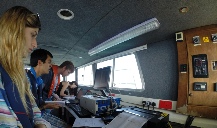
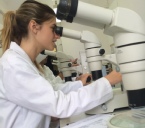
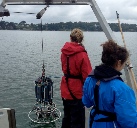
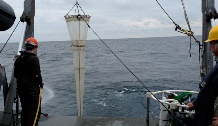



Aim
Investigate diurnal variations in physical and biological parameters of the Fal estuary over a short time period (8 hours).
Objectives
Determine how current varies with depth over the time period using a flow meter.
Investigate changes in multiple parameters (temperature, salinity, turbidity, pH,
dissolved oxygen concentration and chlorophyll) with depth using a YSI multi-
Determine the variation in surface chlorophyll over the time period by taking and filtering water samples.
Introduction
Diurnal variations can be large in some estuaries (Cronin, 1975). It is therefore important to investigate daily changes in estuarine conditions. Within the Fal estuary, factors influencing diurnal variations in physical and biological changes including tidal regime, weather conditions and human activities which may take place. A short time series, measuring multiple parameters has been carried out from a pontoon within the Fal estuary in order to examine the variation observed within this time period.
Methods
On the 28th June 2014, data collection was carried out from a pontoon located within
the Fal estuary (50°08.682N, 005°01.661W). The same procedure for collecting results
was completed every half an hour from 07:30 to 15:00 UTC (although measurements for
10:00 UTC are missing due to the transition between the two groups sampling in the
morning and afternoon). A current meter was used to collect speed and direction
of flow at 1m intervals. Maximum depth was recorded using meter indications on the
wire of the flow meter and A YSI multi-
See Appendix for further details
Pontoon
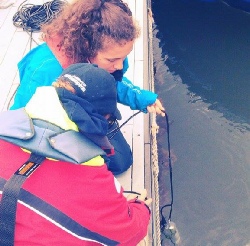
| Geophysics |
| References |
| Introduction |
| Physical |
| Chemical |
| Biological |
| References |
| Introduction |
| Results |
| References |
| Introduction |
| Physical |
| Chemical |
| Biological |
| References |